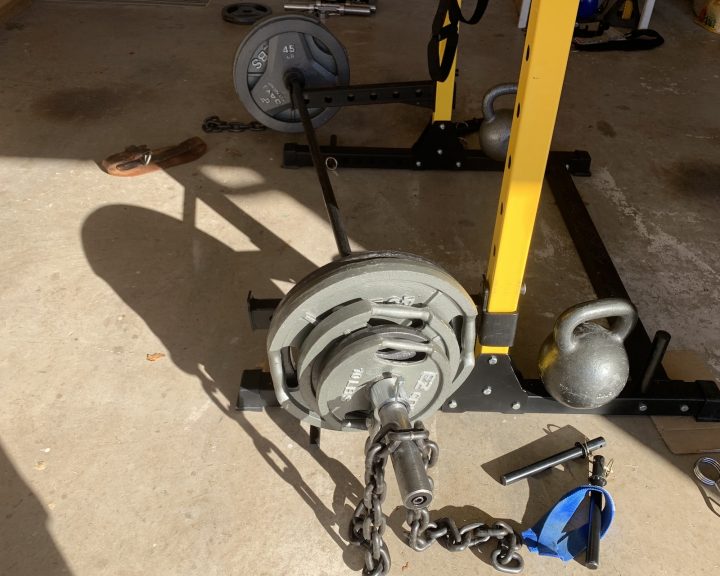Strength and conditioning professionals have been saying for a long time that aerobic exercise interferes with the gains made from strength training. This may be due to overdevelopment of slow twitch muscle fibers, focusing on different metabolic pathways, etc. The latest issue of the International Journal of Sports Medicine has a study that looks at this. De Souza et al studied 43 males, organized into one of the following groups:
- Strength training: periodized, 3-5 sets per exercise, at 6-12-RM. This was using leg presses, leg extensions, and leg curls.
- Interval training: 15-20 intervals per session at 80-100% of the velocity at which maximal oxygen consumption occurs, with 60 second intervals and 45-90 seconds of recovery.
- Concurrent training: Did both the strength training and interval training workouts.
- Control
Each group (except the control) trained twice per week for eight weeks. At the end of the study:
- The interval training group and concurrent training group both increased their maximal oxygen consumption. Interval by 15%, concurrent by 5%. No change for strength training group.
- The strength training group and concurrent training group both increased their leg press 1-RM. Strength training by almost 19%, concurrent by almost 18%.
- The strength training group and concurrent group both increased the cross-sectional area of their right and left thighs. Strength by 5% and 6% respectively and concurrent by 7.5% and almost 8%.
The results seem to indicate that interval training does not interfere with the gains from strength training, in fact it may have amplified those gains somewhat in terms of hypertrophy. Now, one important thing to keep in mind with the results of this study, it’s unclear what the subjects did during the rest bouts between each interval on the treadmill. This is really important and could have a huge impact on the results. For example, if the subjects walked slowly or stood during the rest periods, then the intervals are anaerobic workouts, which would explain why the concurrent training was so effective with increasing muscle size and strength – after all, there is no conflict in terms of energy systems. On the other hand, if the subjects were jogging slowly as recovery, then this is a more aerobic workout in which case the results are highly interesting!
This study has a few other limitations the should be kept in mind. First, it’s not looking at power. So we cannot make any inferences on whether this training has an impact on power or even sprinting speed. Second, it’s not looking at the long slow distance type of training. For the reasons I mentioned above, we can’t really say that aerobic training does not interfere with strength training, because the study may not have actually looked at aerobic training. Third, it’s unclear what the training status/experience of the subjects was, though their average age was around 26. Finally, it’s a real challenge to apply these results to competitive athletes due to the lack of focus on power, speed, and agility.
Still and all, a very interesting study!
De Souza, E., Tricoli, V., Roschel, H., Brum, P.C., Bacurau, A.V.N., Ferreira, J.C.B., Aoki, M.S., Neves Jr., M., Aihara, A.Y., Fernandes, A. da R.C., and Ugrinowitsch, C. (2013). Molecular adaptations to concurrent training. International Journal of Sports Medicine, 34: 207-213.



